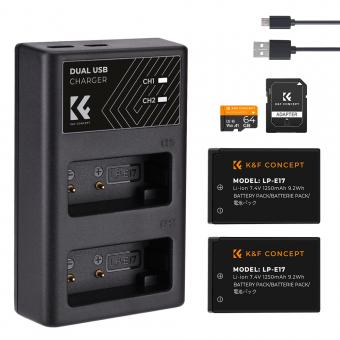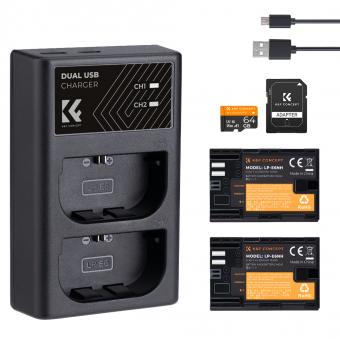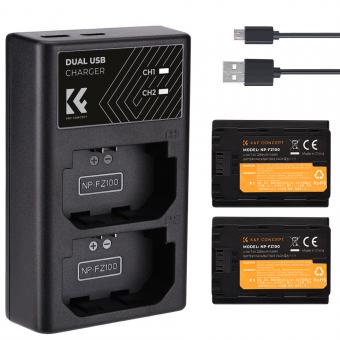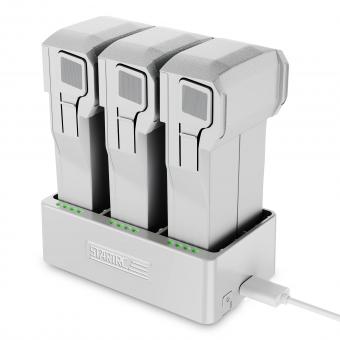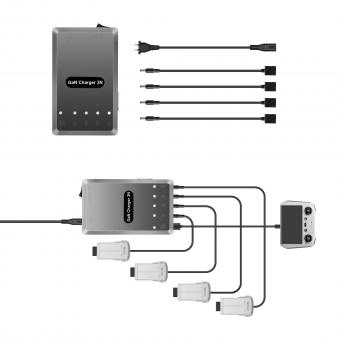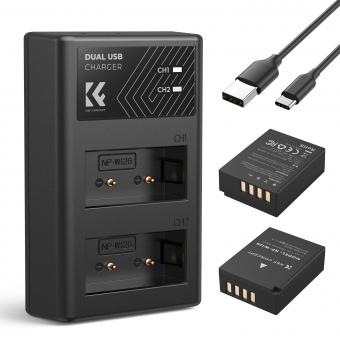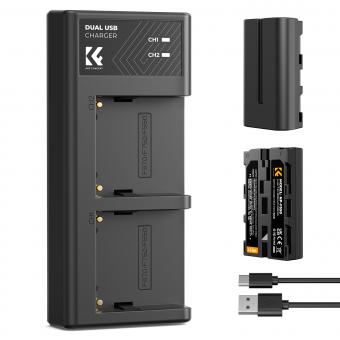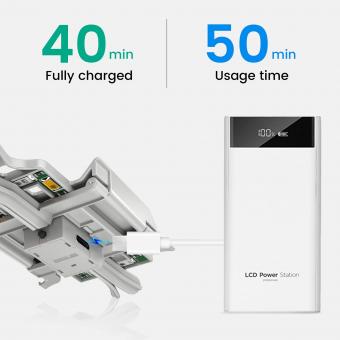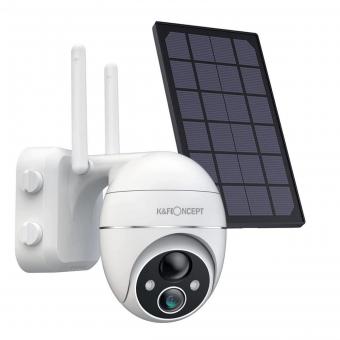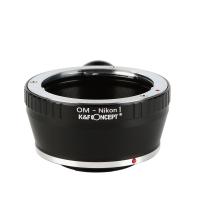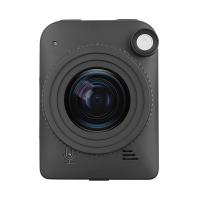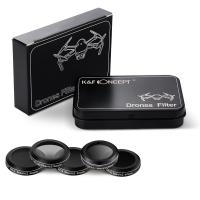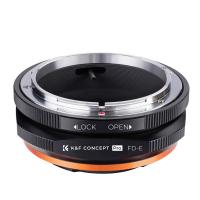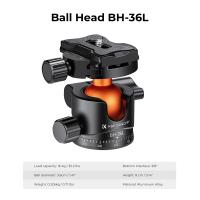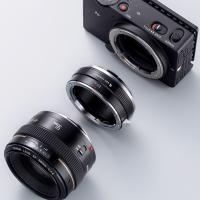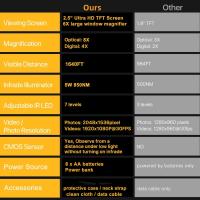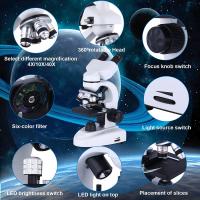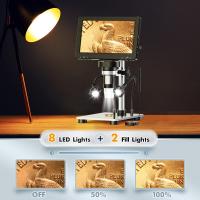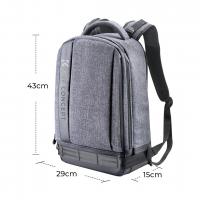How Many Camera Batteries Can I Fly With ?
The number of camera batteries you can fly with depends on the airline and the specific regulations they have in place. It is recommended to check with the airline you are flying with to determine their specific policies regarding the number of camera batteries allowed on board. Some airlines may have restrictions on the number of spare batteries or the total capacity of the batteries. It is also important to ensure that the batteries are properly packed and meet the safety requirements set by the airline.
1、 Airline regulations on carrying camera batteries in hand luggage.
Airline regulations on carrying camera batteries in hand luggage vary depending on the airline and the specific type of battery. However, I can provide you with some general information on this topic.
Most airlines allow passengers to carry camera batteries in their hand luggage, but there are certain restrictions in place to ensure safety during the flight. Lithium-ion batteries, which are commonly used in cameras, are subject to specific rules due to their potential fire risk.
According to the International Civil Aviation Organization (ICAO), spare lithium-ion batteries with a capacity of up to 100 watt-hours (Wh) are generally allowed in hand luggage. This includes most camera batteries, as they typically have a capacity below this limit. However, it's important to note that some airlines may have stricter regulations, so it's always best to check with your specific airline before traveling.
In terms of the number of camera batteries you can fly with, there is no specific limit set by the ICAO or most airlines. However, it's important to consider the total watt-hour rating of all the batteries you plan to carry. If the combined watt-hour rating exceeds the airline's limit (usually around 160-200 Wh), you may be required to seek approval from the airline or transport the batteries in your checked luggage.
It's also worth mentioning that airlines often require spare batteries to be individually protected to prevent short circuits. This can be done by placing each battery in its original packaging, using a battery case, or covering the battery terminals with tape.
To ensure a smooth journey, it's always recommended to check the specific regulations of your airline before traveling. Airlines may update their policies periodically, so it's important to stay informed about the latest guidelines.
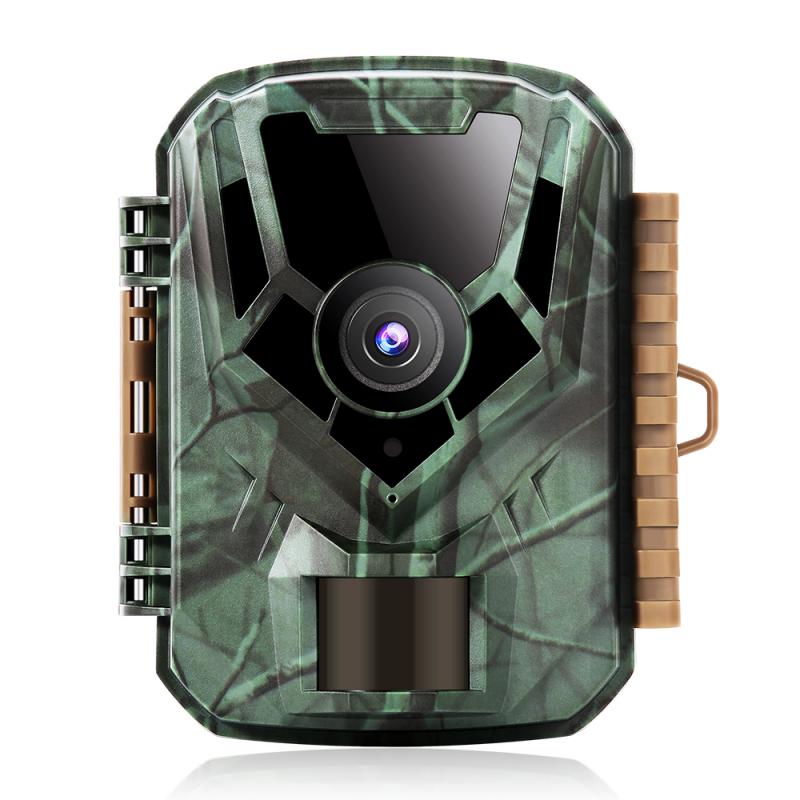
2、 Maximum number of camera batteries allowed in checked baggage.
The maximum number of camera batteries you can fly with depends on the airline you are traveling with and the specific regulations they have in place. It is always recommended to check with your airline before your flight to ensure you are in compliance with their policies.
In general, camera batteries are considered to be a type of lithium-ion battery, which are subject to certain restrictions due to their potential fire risk. Most airlines follow the guidelines set by the International Civil Aviation Organization (ICAO) and the International Air Transport Association (IATA) when it comes to carrying lithium-ion batteries.
As of the latest information available, the IATA guidelines state that spare lithium-ion batteries, including camera batteries, should be carried in your carry-on baggage and not in checked baggage. This is because lithium-ion batteries have a higher risk of fire when they are in the cargo hold of an aircraft.
The number of camera batteries you can carry in your carry-on baggage is usually not limited, as long as they are for personal use and within the airline's weight and size restrictions. However, it is important to note that some airlines may have their own specific limits or restrictions, so it is always best to check with your airline beforehand.
To ensure a smooth travel experience, it is recommended to keep your camera batteries properly stored in their original packaging or in a protective case to prevent any accidental short-circuiting. Additionally, it is advisable to tape over the battery terminals or use plastic battery cases to further reduce the risk of any potential issues.
Remember, regulations and guidelines can change, so it is always a good idea to stay updated with the latest information provided by your airline or relevant aviation authorities.
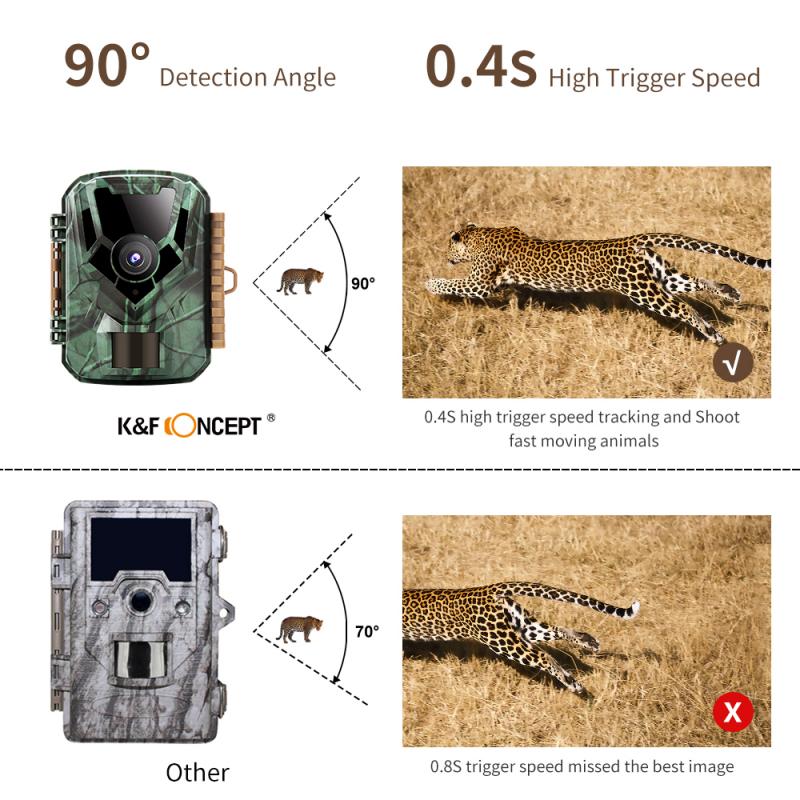
3、 TSA guidelines for carrying camera batteries on domestic flights.
TSA guidelines for carrying camera batteries on domestic flights state that lithium-ion camera batteries are generally allowed in both carry-on and checked baggage. However, there are certain restrictions and safety precautions that need to be followed.
According to the TSA, spare lithium-ion camera batteries with a capacity of up to 100 watt-hours (Wh) are allowed in carry-on baggage without any special approval. This includes most standard camera batteries used in DSLRs and mirrorless cameras. It is important to note that the watt-hour rating can usually be found on the battery itself or in the manufacturer's specifications.
If you have spare lithium-ion camera batteries with a capacity between 100 and 160 watt-hours, you are required to obtain airline approval before bringing them on board. This can usually be done by contacting the airline in advance and providing the necessary information about the batteries.
As for the number of camera batteries you can fly with, there is no specific limit mentioned by the TSA. However, it is advised to carry only the number of batteries that you reasonably need for your trip. Carrying excessive amounts of batteries may raise suspicion and could potentially lead to additional screening or questioning by security personnel.
It is also important to ensure that camera batteries are properly protected to prevent short circuits. This can be done by placing them in their original packaging, using battery cases, or covering the battery terminals with tape.
It is worth mentioning that these guidelines are subject to change, and it is always recommended to check the latest information provided by the TSA or the airline you are flying with before your trip.
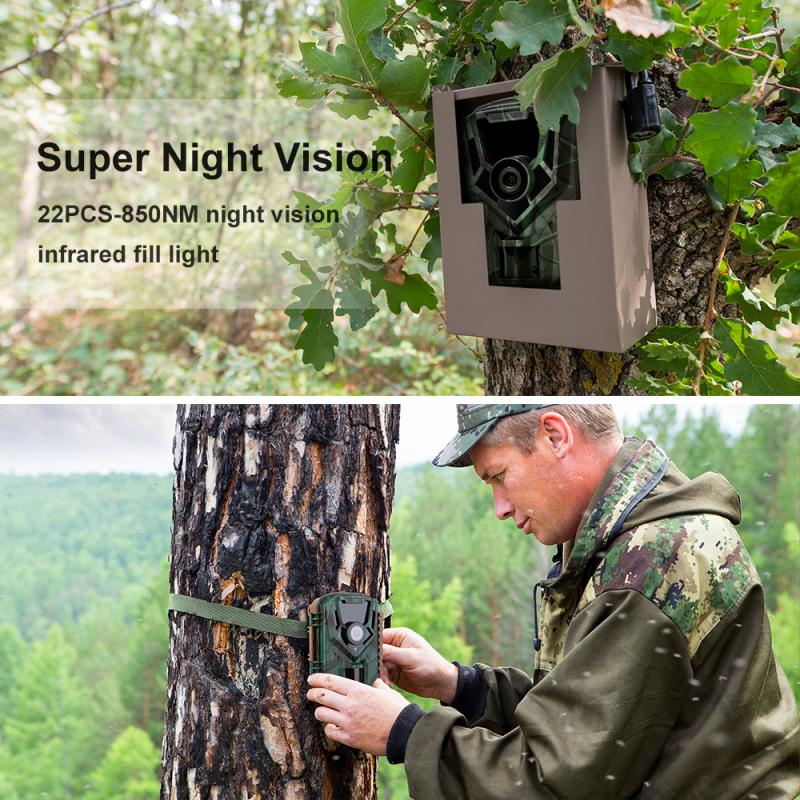
4、 International travel restrictions on camera battery quantity and capacity.
International travel restrictions on camera battery quantity and capacity vary depending on the airline and country you are traveling to. It is important to check with your specific airline and destination country's regulations before your trip to ensure compliance and avoid any issues at the airport.
In general, lithium-ion camera batteries are considered hazardous materials due to their potential fire risk. Therefore, there are restrictions on the quantity and capacity of these batteries that can be carried on board an aircraft.
The International Civil Aviation Organization (ICAO) and the International Air Transport Association (IATA) have set guidelines for the transportation of lithium-ion batteries. These guidelines state that spare lithium-ion batteries must be carried in carry-on baggage and not in checked luggage. This is because any potential fire can be more easily detected and dealt with in the cabin.
As for the quantity and capacity of camera batteries, most airlines allow passengers to carry a reasonable number of spare batteries for personal use. However, there are limits on the capacity of individual batteries. Typically, batteries with a capacity of more than 100 watt-hours (Wh) are subject to additional restrictions and may require approval from the airline.
It is also worth noting that some airlines may have their own specific restrictions or requirements, so it is essential to check with your airline directly. Additionally, certain countries may have stricter regulations regarding the transportation of lithium-ion batteries, so it is advisable to research the specific regulations of your destination country.
In conclusion, while there are no specific limits on the number of camera batteries you can fly with, there are restrictions on the capacity of individual batteries. It is crucial to check with your airline and destination country's regulations to ensure compliance and a smooth travel experience.




